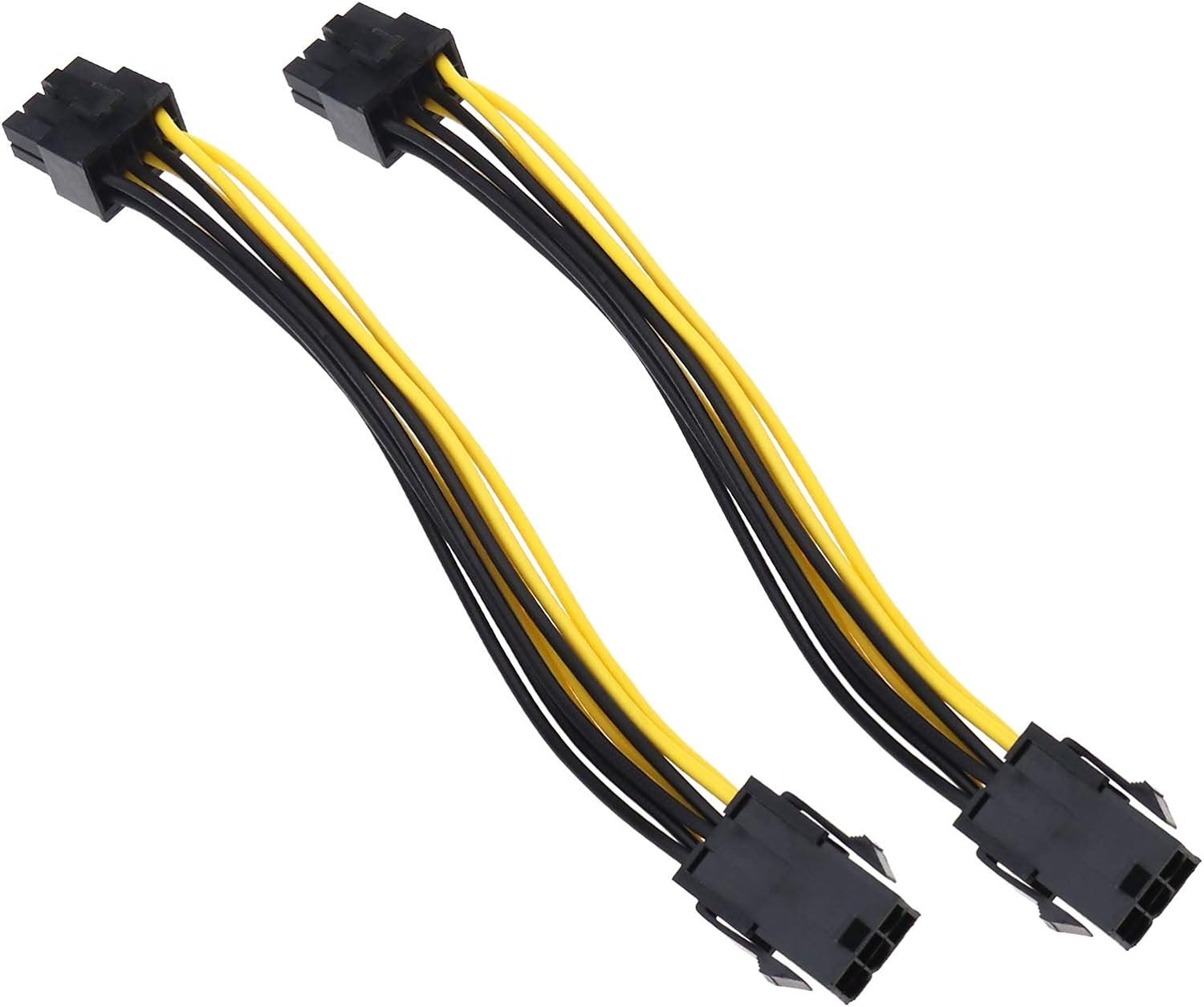Having trouble with your computer not recognizing your graphics card? Here’s how to fix the issue.
Enable or Disable the Graphics Card
To enable the graphics card, right-click on it and select “Enable device.” If you want to disable the graphics card, simply right-click on it again and choose “Disable device.”
After making any changes, it’s advisable to restart your computer to apply the settings. If your computer is still not recognizing the graphics card, you may need to update the device driver. You can do this by right-clicking on the graphics card in Device Manager and selecting “Update driver.”
If all else fails, you may need to check the BIOS or UEFI settings to ensure the graphics card is properly recognized by the system.
Install or Reinstall Latest Graphics Card Drivers
- Check for Updates
- Open Device Manager by pressing Win+X and selecting it from the menu
- Expand the Display adapters category
- Right-click on your graphics card and select Update driver
- Choose Search automatically for updated driver software
- Follow the on-screen instructions to complete the update process
- Download from Manufacturer’s Website
- Visit the website of your graphics card manufacturer
- Search for the latest driver for your specific graphics card model
- Download and run the driver installation package
- Follow the on-screen instructions to complete the installation process
- Uninstall and Reinstall
- Open Device Manager by pressing Win+X and selecting it from the menu
- Expand the Display adapters category
- Right-click on your graphics card and select Uninstall device
- Restart your computer
- Download and install the latest driver from the manufacturer’s website
Ensure Proper Graphics Card Installation and Slot Check
To ensure proper installation of your graphics card and check the slot, first, power off your computer and unplug it from the electrical outlet. Next, open the computer case and locate the PCIe slot where the graphics card will be installed.
Carefully insert the graphics card into the PCIe slot until it is securely in place. Make sure that the card is properly aligned with the slot and that the securing bracket is locked in.
After installing the graphics card, connect the power supply cables to the card if necessary. Some graphics cards require additional power from the power supply unit.
Once the graphics card is properly installed, power on your computer and check if it is recognized. You may need to update the device drivers for the graphics card to ensure proper functionality.
If your computer still does not recognize the graphics card, you may need to check the BIOS settings to ensure that the PCIe slot is enabled and configured correctly.
Update or Restore BIOS/UEFI Settings
To update or restore your BIOS/UEFI settings, you can start by accessing the BIOS/UEFI interface during the computer startup process. Restart your computer and look for the key required to enter the BIOS/UEFI setup, which is usually displayed on the screen. Once you are in the BIOS/UEFI interface, navigate to the section where you can update or restore settings.
Check for any options related to graphics card recognition or PCI Express configuration. Make sure that the graphics card is properly seated in the PCI Express slot and that all power connectors are securely attached. If the issue persists, try updating the BIOS/UEFI firmware to the latest version provided by the manufacturer. This can sometimes resolve compatibility issues with newer graphics cards.
After updating or restoring the BIOS/UEFI settings, save the changes and exit the interface. Restart your computer and check if the graphics card is now being recognized. If the problem continues, consider updating the device drivers for the graphics card or testing the card in another system to determine if it is functioning correctly.
Verify Graphics Card Power Supply

| Graphics Card Model | Power Supply Required |
|---|---|
| NVIDIA GeForce GTX 1080 | 500W |
| AMD Radeon RX 580 | 450W |
| NVIDIA GeForce RTX 2080 Ti | 650W |
Contact Manufacturer or Update Windows
If your computer is not recognizing your graphics card, there are a few things you can try to fix the issue. Firstly, check if the graphics card is properly installed in the PCI slot. Make sure it is securely connected.
Next, update the device driver for the graphics card. Go to the manufacturer’s website, such as Asus, Gigabyte Technology, AMD, or Intel, and download the latest driver.
If updating the driver doesn’t work, contact the manufacturer for support. They may have specific troubleshooting steps for your particular graphics card model.
You can also try updating Windows through Windows Update. Sometimes, software bugs or compatibility issues can cause the graphics card to not be recognized.
In the worst-case scenario, if none of these steps work, it may be a hardware issue with the graphics card itself. In this case, you may need to replace the graphics card with a new one.
Frequently Asked Questions
Why is my graphics card not being detected?
Your graphics card may not be detected if it is not properly seated or if the power supply is not providing enough power to the card. Make sure the card is securely installed and that the power supply is adequate for its requirements.
How do I fix my graphics card not showing?
To fix a graphics card not showing, start by testing the boot with external equipment disconnected. Remove all external devices and re-confirm. Check the power cord of the graphics card, remove any dust or foreign objects in the PCI-E slot of the motherboard, and monitor the temperature inside your PC case.
Why is my GPU not detected in Task Manager?
Your GPU may not be detected in Task Manager due to reasons such as outdated or incompatible drivers, improper hardware installation like the GPU not being correctly seated in its slot, or lacking sufficient power.
Why is my GPU not working in my PC?
Your GPU may not be working in your PC due to a variety of reasons such as outdated drivers, improperly connected hardware, or RAM issues. To troubleshoot, monitor temperatures, update GPU drivers, and re-seat the GPU if necessary. Also, check connections and run RAM checks to ensure everything is functioning properly.
